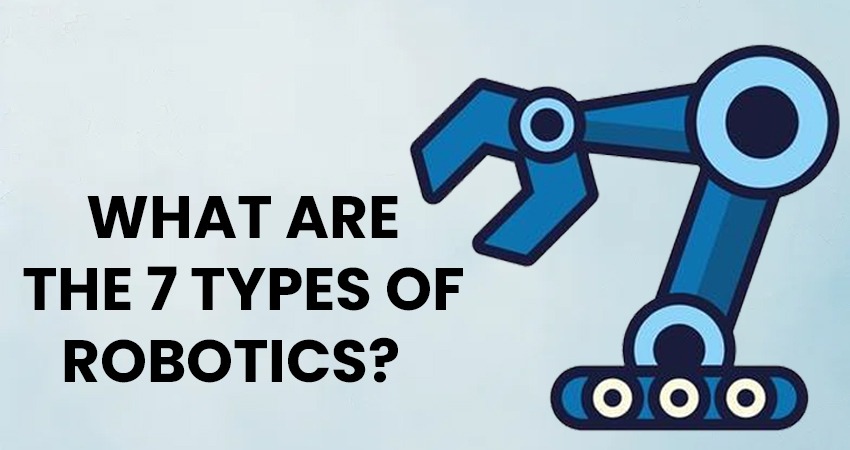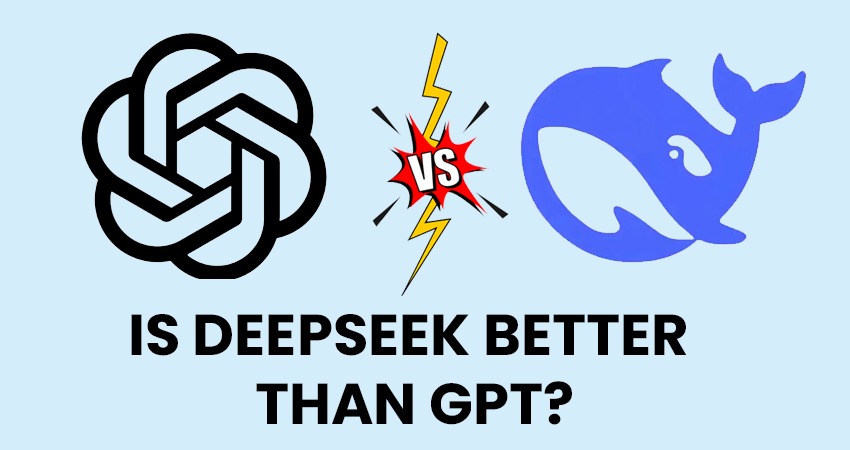engineersheaven's Idea / Prospect

Robotics is shaping the world like never before. Robots have made a decisive entry into modern life, from industries to homes. But did you know different types of robotics have been designed to complete various jobs? Identifying these categories helps us understand how quickly technology is progressing.
Regarding Engineers Heaven, our mission is to educate and inspire by sharing knowledge about robotics, automation, etc. To understand this, we must dive into the seven types of Robotsand what they do.
Autonomous Mobile Robot (ARMs)
Mobile Robots (AMRs) can navigate the environment without human intervention. They are equipped with sensors, artificial intelligence, and machine-learning systems that enable them to navigate independently of direct human control.
These robots are commonly deployed in warehouses, hospitals, and even residences. They assist with logistics, surveillance, and delivery services. AMRs are used in warehouse automation, and companies like Amazon have leveraged their power to make their operations faster and smoother.
AGVs (Automated Guided Vehicles)
AGVs, on the other hand, follow a predefined path, unlike AMRs. They use tracks, magnetic strips, or predefined routes to transport goods.
AGVs are seen everywhere in factories and large warehouses. They expedite production by transferring materials without human involvement. Industries deploy them and use themto cut down on labor expenses and increase workplace safety.
Articulated Robots
Robots that have multiple joints make it possible to move precisely. That looks like a human arm , also called a robotic arm.
Articulated Robots Industrial robots are frequently seen in factories, welding job sites, painting job sites, and assembly lines. So, how does this make them suitable for repetitive action with extreme accuracy? They are critical in the automobile and electronics sectors.
Humanoid Robots
Humanoid robots have human appearance and human capabilities. They have arms, legs, and even facial expressions. They exist to converse with humans in the way we do.
These robots are employed in customer service, education, and even healthcare. This one is Sophia, a famous humanoid robot known for being an example of bringing AI into social situations. Humanoid robots help older adults; They accompany older people and support them.
Cobots (Collaborative Robots)
Cobots are not intended to substitute for human workers; rather, they are intended to work side by side with them. They help workers by doing dangerous or repetitive jobs.
Those robots are used every day in industries where safety and efficiency are concerned. They assist on assembly lines, in medical settings, and in research. Unlike traditional robots, cobots don't require protective enclosures. They detect the presence of humans and adjust to collaborate safely with them.
Industrial Robots
Industrial robots are designed for challenging work. They are robust, accurate, and don't tire after working hours.
Industrial robots are commonly used in the automotive, electronics, and metal industries. They do the lifting, cutting, welding, and packaging. Due to their standardization, industrial robots are an efficient way to ensure quality production while lowering costs. They form the backbone of contemporary manufacturing.
Swarm Robots
Swarm robotics is closer to nature, particularly of the social variety found in creatures such as bees or ants. Particular robots operate in groups, using basic rules to accomplish complex actions.
Nevertheless, swarm robots are employed in search and rescue, medical applications, environmental monitoring, etc. They can operate in hazardous environments where humans cannot even proceed. Cooperation makes them well-suited for significant accomplishments.
The Future of Robotics
The field of robotics is changing at a remarkable pace. Animal obesity is a big problem, but as AI and machines lessen, they'll become more intelligent and autonomous. The range of possibilities is vast, from self-driving cars to robotic surgeons.
In Engineer’s Heaven , We believe in being ahead of the curve. So, in case it helps, get lost in our deep ocean of information about the latest advancements in robotics and engineering. Engineers Heaven – Your Gateway to the Future of Technology for Students, Professionals, and Enthusiasts Join Engineers Heaven for more info on robotics and engineering and keep up with the automation revolution!
(Disclaimer: This statistics could be different in different part of World and Different timeline. this statistics has been generated based on data available till 2025 or relavant time span.)

Artificial intelligence is developing rapidly. New models challenge the old ones every few months. Some thoughts: A new competitor in AI is DeepSeek AI, which claims to compete with, if not beat, GPT models. But is it better? Let's break it down.
Technologies evolve daily, and we at Engineers Heaven strive to keep you updated with the latest tech trends. This guide will help you see how DeepSeek stacks up to GPT and which could be correct.
What is DeepSeek?
To address the urgent need for a versatile AI language, DeepSeek has been developed as a new AI model. It claims to be better, more efficient, and more accurate in reasoning than previous models. They say it processes information more swiftly and generates more precise responses.
Thisis increasingly built and trained in a way that suggests not purely predicting the next word but instead a deep connection with those words themselves. This lets it deal with complex ideas more effectively and produce responses that feel more human.
But is it better than GPT?
How Does GPT Work?
GPT (Generative Pre-trained Transformer) is the AI model of the hour and has been for the past few years. The most recent versions, including GPT-4, rely on considerable datasets to produce human-like answers. ChatGPT and similar LLMs are widely used in chatbots, content generation, coding, and customer support.
GPT's greatest strength is its adaptability. It does well with casual conversations, technical questions, storytelling, and more. However, it has occasional hiccups with factual accuracy and long-term memory.
DeepSeek vs. GPT: What Sets Them Apart
- Accuracy and Reliability
DeepSeek says its generative search provides more precise answers than GPT. It employs a different method of training to mitigate errors in accurate information. However, GPT is better tested and trusted by users.
- Reasoning Ability
DeepSeek's enhanced logical reasoning is one of its additional strengths. In some instances, it can also handle intricate instructions better than GPT. On the other hand, GPT is more informed as it trains on a lot of data.
- Creativity and Writing Style
GPT still retains an edge in creativity. Its reconciliation of more engaging and natural text makes it the best fit for content generation, storytelling, and marketing. While DeepSeek works wonderfully at technical, high-precision tasks, informal writing does not feel natural.
- Speed and Efficiency
DeepSeek aims to improve the speed and performance significantly. It can handle high volume and high velocity to use in real-time applications. GPT is also fast and leaves lags sometimes while handling complex queries.
- Availability & Accessibility
GPT is available on many platforms; DeepSeek has yet to take the world by storm. Many users and businesses are already using GPT-based tools, so it will be harder for DeepSeek to replace them.
Which One Should You Choose?
Whether you need DeepSeek or GPT is a matter of choice.
- Highly Technical Task: If you need high accuracy, you may prefer to go with DeepSeek.
- GPT is still the best option for creativity, natural conversations, and versatility.
Although DeepSeek might look attractive, GPT has succeeded well in different industries.
Final Verdict
DeepSeek may be a new, powerful AI model as it runs on a plethora of advanced search engine-level documentation. However, GPT is still the champion regarding versatility and user assimilation. DeepSeek has been shown to perform better in some use cases, but it still has a long way to go before it can completely replace GPT.
You should test both to find which works better for you and consider the cost of Deepseek vs Chatgpt.AI is advancing quickly, and subsequent versions may change the balance. Until then, keep reading about AI and tech!
For AI, programming, and tech innovations discussions from the experts, explore Engineer’s Heaven.
(Disclaimer: This statistics could be different in different part of World and Different timeline. this statistics has been generated based on data available till 2025 or relavant time span.)
